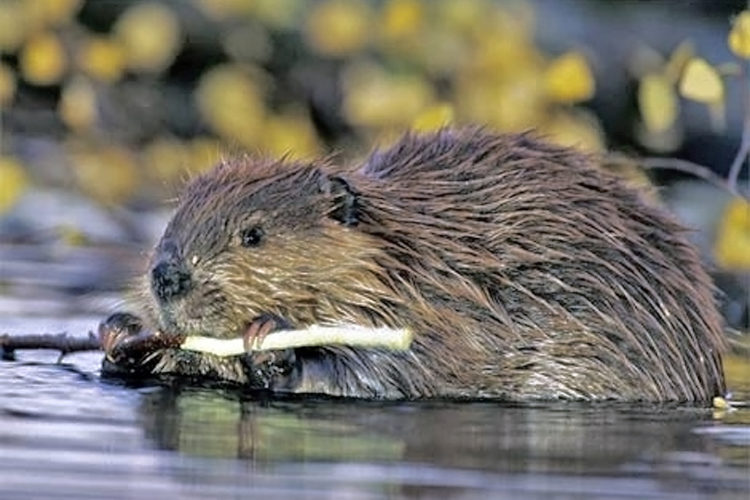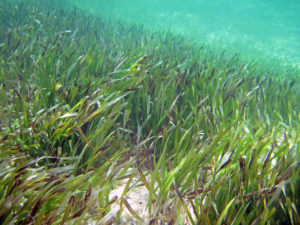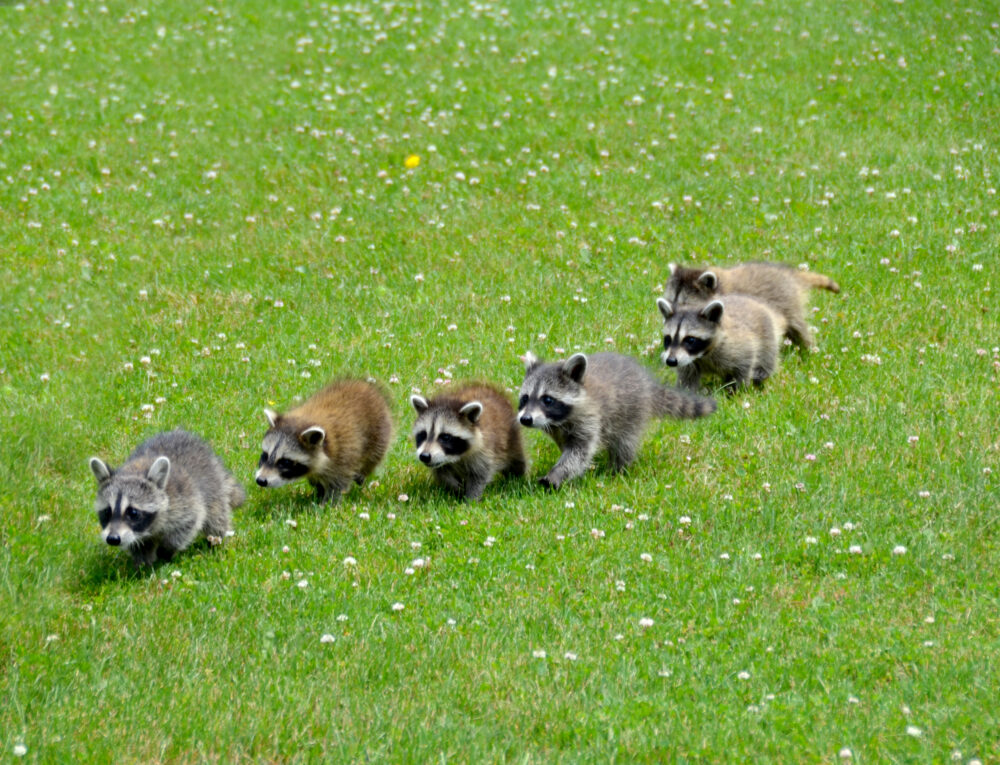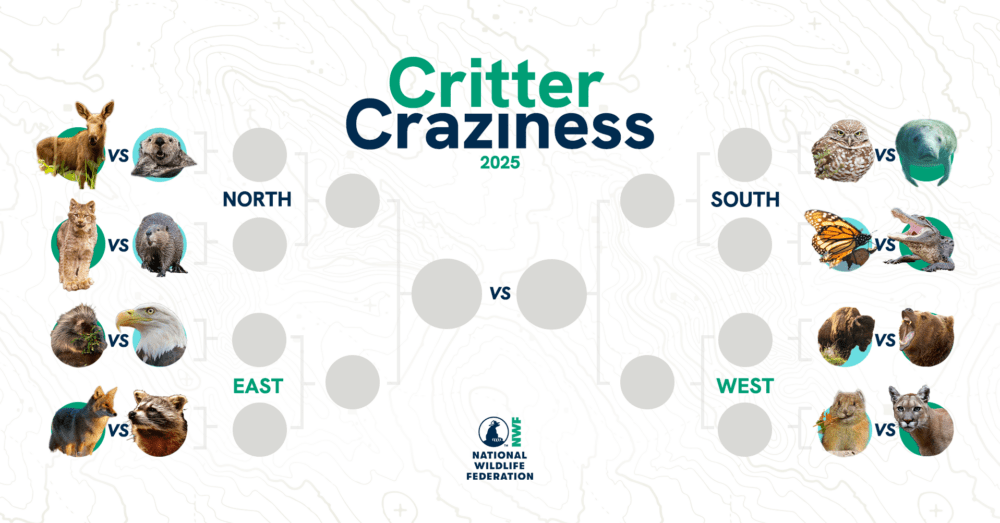We have much more to do and your continued support is needed now more than ever.
Meet A Few of Our Climate Guardians
How Wildlife Help Improve Resilience in a Changing Climate

The climate change story is often one of doom and gloom. There are countless examples of how our rapidly changing climate is impacting wildlife and habitat across the U.S., and climate projections show these impacts worsening as harmful carbon emissions like methane and carbon dioxide continue to build in the atmosphere. However, while there is critical need to reduce emissions and protect wildlife from the harm of climate change, it turns out wildlife are also protecting us.

By maintaining the ecosystems that store and sequester high levels of carbon, such as kelp forests, seagrass meadows, and marshlands, wildlife (both big and small) are protecting landscapes and seascapes in a changing climate. These ecosystems in turn help slow climate change by reducing carbon in the atmosphere, and also improve resilience for communities and natural resources by buffering against unavoidable impacts.
The following are three examples of “Climate Guardians”, species that are doing their part to maintain healthy ecosystems.
Sea Otters and Kelp Forests
Kelp forests, like their equivalent land based forests, are significant carbon sinks. These ocean forests can grow to a height of 50 feet underwater and are a significant source of carbon storage, sucking as much as 60 million metric tons out of the atmosphere.

Sea otters play a critical role in coastal ecosystems. They help maintain the health of kelp forests by ensuring herbivorous sea creatures like sea urchins don’t eat too much of the ocean forests. Based on a recent study, sea otters increase the carbon sequestration capabilities of kelp forests by 4.4 to 8.7 megatons – the same amount of emissions produced by 3 to 6 million passenger cars. These are not insignificant emission reductions. Economic benefit from these ecosystem services are estimated at between $200 million to $400 million.
Manatees and Seagrass Meadows
Seagrass meadows grow in shallow coastal waters. These ocean grasslands account for 15 percent of the ocean’s total carbon storage and play a big role in pulling harmful carbon pollution from the atmosphere. These aquatic plants grow quickly in anaerobic soils, i.e., soils with a very low oxygen content where organic matter decomposes slowly, storing carbon for up to thousands of years.
Because seagrasses support commercial fisheries, improve water quality, help safeguard coastlines against storms, and absorb carbon dioxide from the atmosphere, an approximate area of two football fields of seagrass is valued at over $19,000 per year. This makes them one of the most valuable ecosystems on earth.

Manatees are large marine mammals that can grow up to 10 feet long and weigh as much as 1,200 pounds. Called “sea cows” by some, these gentle giants eat large quantities of seagrass. By grazing and keeping the grass meadows short, manatees reduce shading in the ecosystem and increase the overall health of the underwater meadows.
Beavers and Marshland
The marshes and shallow ponds that beavers create store large amounts of carbon. Carbon uptake and storage occurs as anaerobic sediment builds up behind beaver dams. In contrast, when these dams are abandoned by beavers, they slowly transform into meadow, and the stored carbon decomposes, releasing into the atmosphere. A Colorado State study showed that abandoned beaver dams and the associated marshland only stored 8 percent of the carbon in the landscape, while active beaver dams stored up to 23 percent of the carbon.

Beavers once occupied 60 percent of the continent, but their population has since declined as a result of hunting and trapping. Now only between 6 and 12 million beavers are thought to be in North America, when once we had between 60 and 400 million of the flat-tailed animals. By building dams along creeks and streams across the U.S., these mammals help reduce the amount of carbon pollution fueling climate change.
Help Climate Guardians Prevent Climate Change

Sea otters, manatees, and beavers are doing their part across the country to improve resilience and lessen the impacts of a rapidly changing climate. The ecosystems they maintain store and sequester vast amounts of carbon, but they need help. Nature’s incredible ability to take up carbon is not enough to prevent the worsening impacts of climate change.
Policymakers must also do their part to curb climate-altering pollution and protect American wildlife and natural resources across our landscapes and seascapes.





















